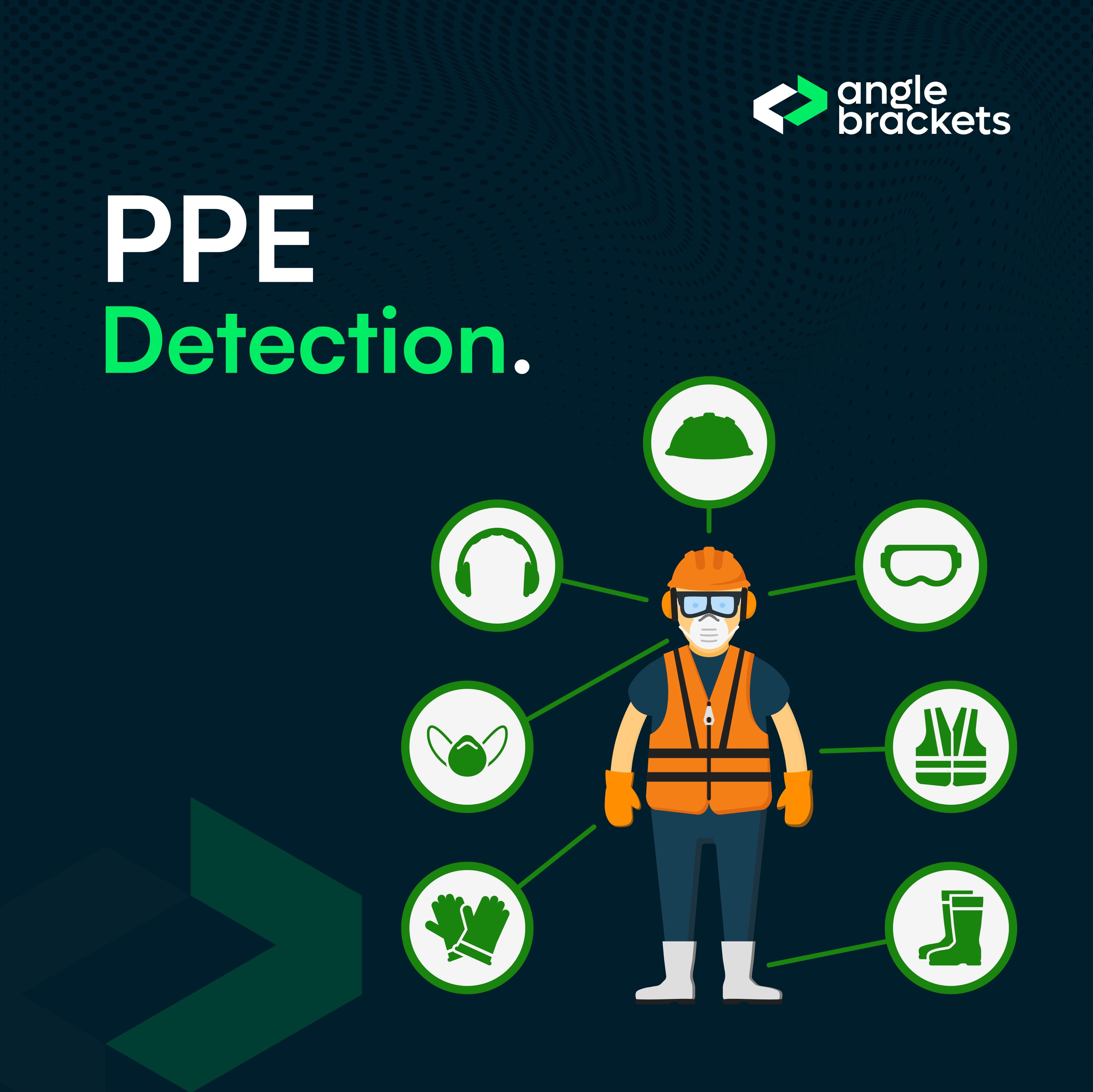
Introduction:
Personal Protective Equipment (PPE) is crucial in ensuring the safety and well-being of individuals working in hazardous environments. To enhance workplace safety, we propose a PPE Detection System that utilizes the YOLOv8 object detection algorithm, implemented in PyTorch , and streamlines the annotation process with Roboflow. This system aims to automatically identify and locate the presence or absence of essential PPE, such as helmets, masks, and vests, in real-time video feeds or images.
Objective:
The primary objective of this project is to develop an efficient and accurate PPE Detection System capable of detecting various PPE items in diverse working scenarios. By leveraging the YOLOv8 architecture, powered by PyTorch's capabilities, and aided by Roboflow's annotation tools, we aim to create a robust and user-friendly solution for ensuring compliance with safety regulations and preventing accidents in industrial and construction settings.
Methodology:
Data Collection and Annotation:
- Gather a diverse dataset comprising images and videos featuring individuals wearing different types of PPE in various environments.
- Utilize Roboflow's annotation tools to efficiently label the dataset with bounding boxes around PPE items, including helmets, masks, and vests.
YOLOv8 Model Training:
- Implement the YOLOv8 object detection architecture using PyTorch, taking advantage of its ease of use and powerful neural network capabilities.
- Preprocess the annotated dataset and split it into training and validation sets.
- Train the YOLOv8 model on the annotated dataset, leveraging PyTorch's GPU acceleration for faster convergence and training efficiency.
- Fine-tune the model using transfer learning to adapt it specifically to the PPE detection task.
- Model Evaluation and Optimization:
- Evaluate the trained model on a separate test dataset to measure its performance in terms of accuracy, precision, recall, and F1-score.
- Analyze the model's results and identify areas for improvement or potential false positives/negatives.
- Optimize the model's hyperparameters and architecture to achieve the best possible accuracy and generalization.
Real-time Detection and Deployment:
- Integrate the trained YOLOv8 model into a real-time PPE detection system capable of processing live video feeds or image streams.
- Implement a user-friendly interface to visualize the detected PPE items, providing actionable insights for safety compliance.
- Deploy the PPE Detection System on suitable hardware, taking advantage of PyTorch's compatibility with various platforms.
Expected Impact:
The PPE Detection System will have several significant impacts:
- Enhance workplace safety by ensuring proper usage of PPE in hazardous environments.
- Reduce the risk of accidents and injuries in industrial and construction settings.
- Simplify PPE compliance monitoring, making it easier for safety supervisors to enforce regulations.
- Save time and effort for safety inspections by automating the detection process.
Conclusion:
The PPE Detection System, powered by YOLOv8, PyTorch, and Roboflow, represents a powerful solution for enhancing workplace safety through automated PPE detection. By leveraging cutting-edge technologies and efficient data annotation tools, we aim to create a reliable system that contributes to a safer and more secure working environment for individuals across various industries.